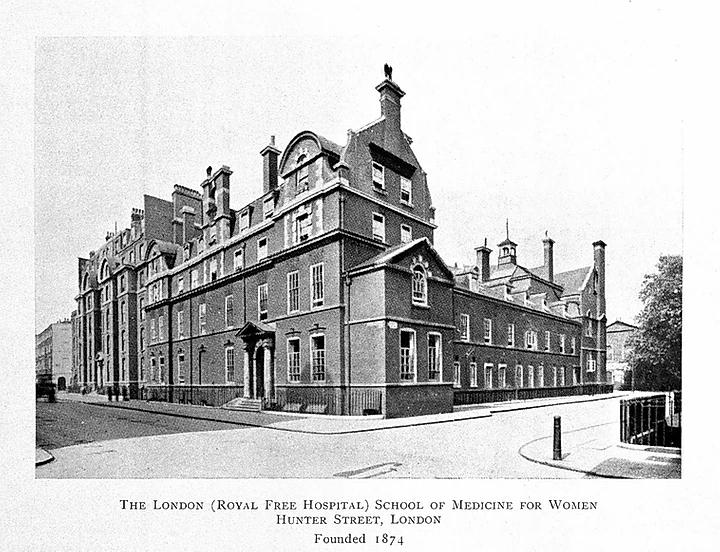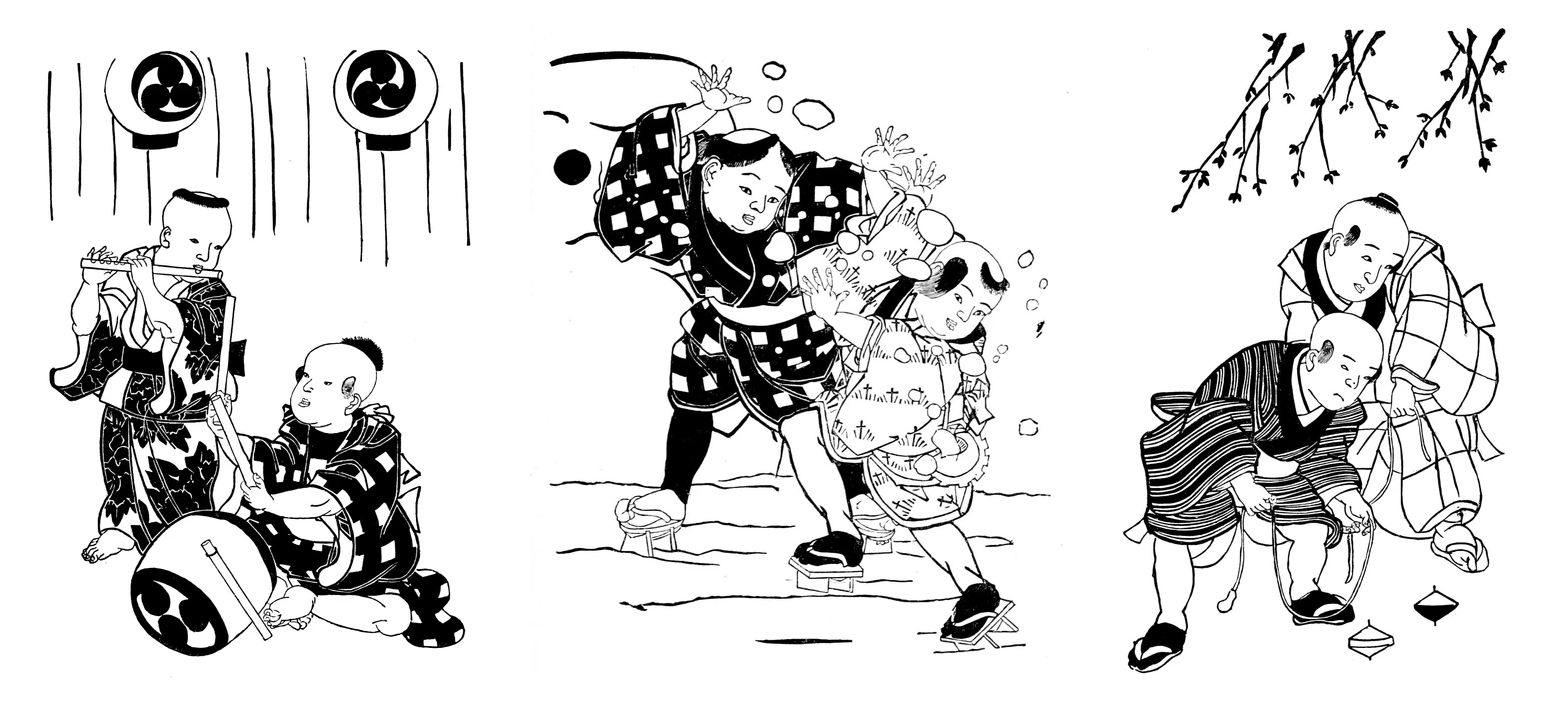What did the Edinburgh 7 do after Edinburgh?
From higher education in Paris to new medical schools for women in the UK.
In 1872 the Court of Session (the supreme civil court of Scotland) ruled that the University of Edinburgh could refuse to give the women degrees and that they shouldn’t have even been admitted in the first place. This marked the end of the Edinburgh Seven studying at Edinburgh. It wasn’t until 1876 that a change in the law allowed medical authorities to license all qualified applicants irrespective of gender. In this blog post we will explore what Evans, Thorne, Chaplin, Bovell and Anderson did after ending their studies in Edinburgh. In the next post, we will discuss Pechey and Jex-Blake.
Helen Evans, who had married Alexander Russel editor of The Scotsman, in 1871, stayed in Edinburgh with her children. She was active on two school boards and helped Sophia Jex-Blake found the Edinburgh School of Medicine for Women. Evans was vice-president of the committee for the Edinburgh Hospital and Dispensary for Women and Children in 1900 and 1901. Evans died on 4 October 1903.

The London School of Medicine for Women. See page for author [CC BY 4.0 (https://creativecommons.org/licenses/by/4.0)], via Wikimedia Commons

Image of Paris. Zinneke [CC BY-SA 3.0 (https://creativecommons.org/licenses/by-sa/3.0)], from Wikimedia Commons
Mary Anderson received an MD in 1879, her thesis was on mitral stenosis and its higher frequency in women than in men. She worked at the New Hospital for Women in London which was founded by Elizabeth Garrett Anderson in 1872. Anderson died in 1910.
Matilda Chaplin also achieved an MD in 1879 but achieved a certificate in midwifery from the London Obstetrics Society and also travelled to Japan with her husband William Edward Ayrton before doing so! In Japan she opened a school for midwives and lectured there herself. In 1877 she returned to Europe due to worsening symptoms of tuberculosis. Chaplin wrote a book called “Child Life in Japan” and regularly contributed to The Scotsman while she lived in Japan. In 1880 she received a medical license from the King’s and Queen’s College of Physicians in Ireland. She then lived in London, studying diseases of the eye at the Royal Free Hospital until her death on 19 July 1883. Below are some illustrations from her book, “Child Life in Japan” (See page for author [Public domain], via Wikimedia Commons).

Author- Madryn Riewer
References:
https://en.wikipedia.org/wiki/Edinburgh_Seven
https://en.wikipedia.org/wiki/Isabel_Thorne
https://en.wikipedia.org/wiki/Matilda_Chaplin_Ayrton
The Life of Sophia Jex-Blake by Margeret Todd




Recent comments